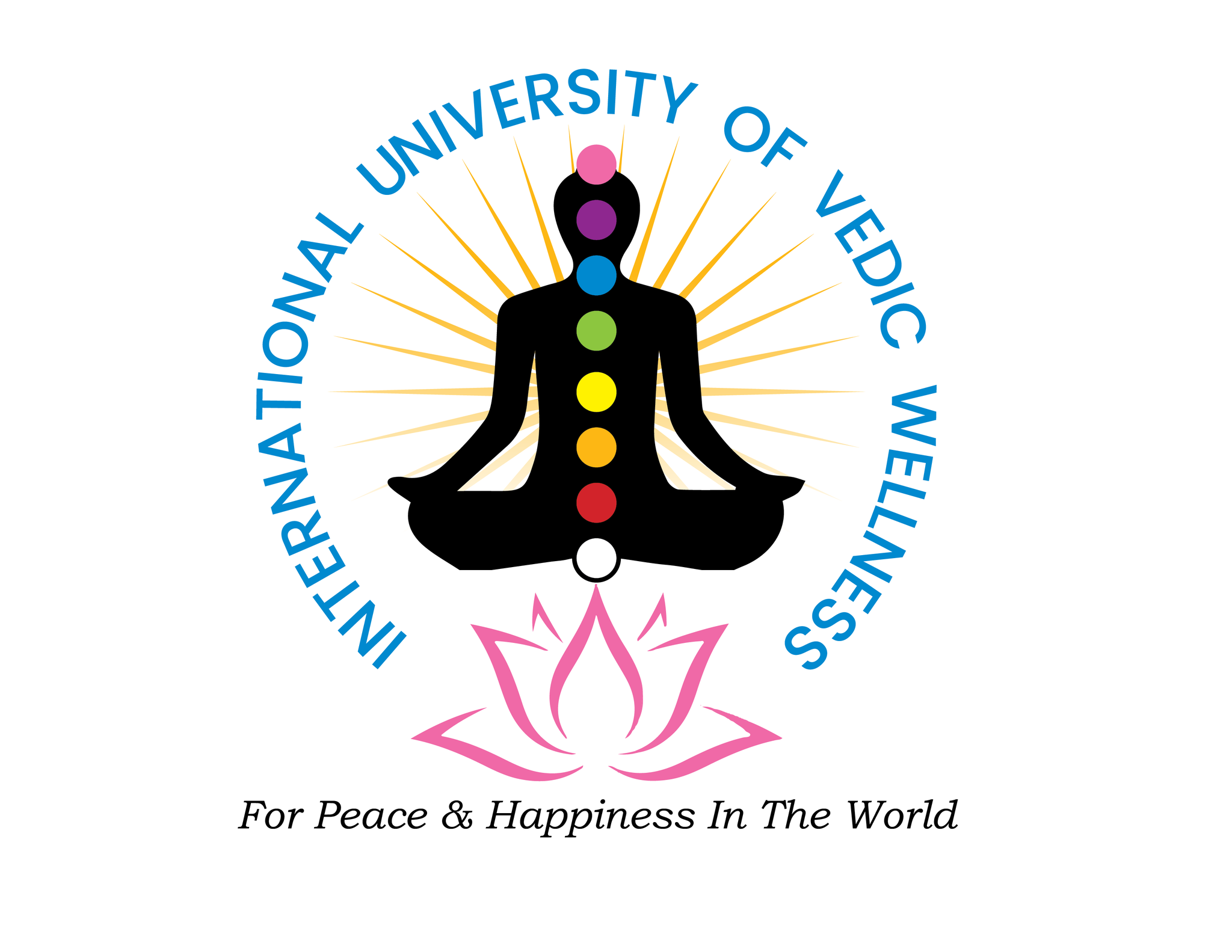Vedic Vastu Shastra is an ancient Indian system of architecture that has been in practice for thousands of years. It emphasizes the harmonious relationship between humans and their environment, guiding how buildings, homes, and temples should be constructed to optimize health, prosperity, and overall well-being. While Vastu Shastra is often perceived as a mystical or spiritual practice, it is deeply rooted in scientific principles that concern energy flow, orientation, and the natural elements.
In this blog, we will dive deep into the basic understanding of Vedic Vastu Shastra, its core principles, and explore how these ancient practices align with modern scientific thought.
1. What is Vedic Vastu Shastra?
Vedic Vastu Shastra, often referred to simply as “Vastu,” is derived from the Sanskrit word “Vastu,” meaning a dwelling or house with a corresponding plot of land. “Shastra” translates to science or doctrine. It is the traditional Hindu system of architecture, incorporating various elements of design, layout, measurements, ground preparation, space arrangement, and spatial geometry. It is closely aligned with other ancient texts such as the Vedas and the Upanishads, which emphasize the importance of harmony between humans and nature.
Key Principles of Vastu Shastra:
- Five Elements (Panchabhutas): Vastu recognizes five basic elements – Earth (Prithvi), Water (Jal), Fire (Agni), Air (Vayu), and Space (Akasha). These elements are believed to govern the natural balance and influence various aspects of life. For example, water bodies like wells or ponds should be placed in the northeast to harness the flow of positive energy.
- Directions and Compass Points: Vastu assigns specific attributes to each cardinal direction. For instance, the north is associated with wealth (ruled by the deity Kubera), while the east symbolizes health and growth (ruled by the Sun). These directions influence the layout of rooms in a home or building.
- Energy Flow (Prana): Just as Feng Shui emphasizes the flow of “Chi,” Vastu Shastra focuses on the flow of “Prana” or life energy through space. The placement of doors, windows, and furniture in a building can either enhance or obstruct this energy, leading to positive or negative outcomes.
A Simple Example:
In traditional Vastu, the kitchen is ideally located in the southeast corner of the house, as this corner is governed by the fire element. Modern homes often have their kitchens in this area, unknowingly adhering to Vastu principles. This placement helps in balancing energy, ensuring that the fire element (cooking) is aligned with the overall energy flow of the home.
2. Scientific Basis of Vastu Shastra
While Vastu Shastra may appear to be based on religious or spiritual beliefs, its principles have a strong scientific foundation, particularly in the realms of physics, magnetism, and environmental psychology. The ancient sages who developed Vastu were keen observers of nature and its forces, and their insights have been validated by modern science.
Positive Energy and Directional Influence:
One of the core tenets of Vastu is the influence of cardinal directions on energy flow. According to scientific studies, the Earth’s magnetic field has a significant impact on the orientation of buildings. Structures facing specific directions can either harness or disrupt this natural energy.
- North-South Axis: The Earth’s magnetic field flows from the North Pole to the South Pole. When a building is aligned along the north-south axis, it can help in optimizing the magnetic energy flow, contributing to the well-being of its inhabitants.
- Sunlight and UV Rays: Vastu’s recommendation to place the entrance of a house facing east is grounded in the logic of sunlight. East-facing homes receive the first rays of the morning sun, which are rich in Vitamin D and help in maintaining a healthy biological rhythm.
Air Circulation and Ventilation:
Vastu Shastra places great emphasis on proper ventilation and air circulation, which aligns with modern environmental design principles. Homes designed according to Vastu often feature courtyards or open spaces that allow for cross-ventilation, improving air quality and reducing indoor pollutants.
| Vastu Principle | Modern Science Explanation |
|---|---|
| East-facing homes | Maximizes exposure to healthy morning sunlight |
| Open courtyards | Improves air circulation and reduces indoor pollutants |
| North-South alignment | Optimizes Earth’s magnetic energy |
3. Core Elements of Vastu Shastra
To understand Vastu Shastra in practice, it’s essential to break down its key components. The ancient texts divide space into various segments and assign specific functions to each area. This division is deeply symbolic but also practical in terms of human psychology and wellness.
The Five Elements (Panchabhutas)
As mentioned earlier, Vastu rests on the principles of the five elements. These elements are not just symbolic; they play a direct role in how humans interact with their living spaces.
- Earth (Prithvi): Represents stability and patience. It influences the placement of heavy objects or structures, such as beds or large furniture, which are generally placed in the southwest.
- Water (Jal): Symbolizes prosperity and flow. Water bodies or tanks are often placed in the northeast, which ensures positive energy flow.
- Fire (Agni): Governs the kitchen and all sources of energy, such as stoves and heating appliances. Fire is placed in the southeast for balance.
- Air (Vayu): Regulates movement and flexibility. Proper ventilation, windows, and open spaces in the house reflect the element of air.
- Space (Akasha): Represents the unbounded, the infinite. Open spaces or courtyards in the center of a house are aligned with this element to create a sense of expansiveness.
The 16 Zones of Vastu
Vastu divides a space into 16 zones, each governed by specific energies and purposes. For example:
| Zone | Element | Best Use |
|---|---|---|
| Northeast | Water | Meditation, Prayer |
| Southeast | Fire | Kitchen, Energy Sources |
| Southwest | Earth | Heavy Objects, Bedroom |
| Northwest | Air | Guest Rooms, Toilets |
By adhering to these zones, one can optimize the functionality of a space and enhance the well-being of its occupants.
4. Vastu in Modern Architecture
In today’s world, many architects and interior designers are rediscovering the relevance of Vastu Shastra, especially in environmentally conscious building designs. While modern construction often prioritizes aesthetics and efficiency, Vastu offers a holistic approach that considers not only form and function but also energy and well-being.
Vastu for Sustainable Living:
- Energy Efficiency: Homes designed according to Vastu principles often use natural lighting and ventilation, reducing the need for artificial energy sources. For instance, large windows in the east and open spaces in the middle of the house minimize the need for electrical lighting during the day.
- Material Selection: Vastu also emphasizes the use of natural materials like wood, stone, and clay, which are not only environmentally sustainable but also energetically aligned with the Earth element.
Modern Adaptations:
While traditional Vastu Shastra is rigid in its guidelines, modern Vastu consultants often adapt these principles to suit contemporary urban settings. For example, in high-rise buildings where orientations may not be ideal, Vastu remedies such as specific colors, mirrors, or plants are used to balance the energy.
- Remedies for Vastu Dosha: Vastu Dosha refers to a flaw or imbalance in the energy of a building. Common remedies include placing mirrors to reflect energy, installing water fountains in specific directions, or using particular colors to enhance certain zones.
5. The Psychological Impact of Vastu Shastra
Beyond the physical benefits, Vastu Shastra also has a profound impact on mental and emotional well-being. A well-balanced space can reduce stress, enhance productivity, and promote a sense of peace and harmony.
Impact on Human Psychology:
- East-facing homes and mental clarity: Studies have shown that people living in homes that receive ample natural sunlight tend to have better mental clarity and focus. The alignment with natural light cycles also helps regulate sleep patterns, which directly affects mood and overall health.
- Spatial harmony and stress reduction: Vastu emphasizes open spaces and proper organization, which can lead to a clutter-free environment. A well-organized, clutter-free space is proven to reduce stress and anxiety.
Connection to Environmental Psychology:
Environmental psychology studies the relationship between humans and their surroundings. Vastu Shastra aligns with this field by recognizing that our environment, including the layout and design of our homes, can influence our mood, behavior, and overall well-being. Homes that follow Vastu principles are often more peaceful, as they align with natural energy flows and reduce environmental stressors.
Conclusion
Vedic Vastu Shastra is far more than a mystical or religious practice; it is a system of architecture and design deeply rooted in scientific principles. By understanding and applying Vastu Shastra in modern architecture, we can create spaces that promote physical, mental, and emotional well-being. Its emphasis on orientation, energy flow, and natural elements ensures that our living spaces are not only aesthetically pleasing but also energetically balanced.
Whether you’re building a new home or looking to make small adjustments in your current space, integrating Vastu principles can lead to a healthier, more harmonious environment. Its timeless wisdom continues to be relevant in today’s fast-paced, modern world, offering a path to holistic living.




